

Articles
How To Store Snowshoes
Modified: December 7, 2023
Learn the best ways to store snowshoes with these informative articles. Keep your snowshoes in optimal condition for your next winter adventure.
(Many of the links in this article redirect to a specific reviewed product. Your purchase of these products through affiliate links helps to generate commission for Storables.com, at no extra cost. Learn more)
Introduction
Snowshoes are essential equipment for outdoor enthusiasts who enjoy hiking, snowshoeing, or winter sports. They provide traction and help distribute your weight, allowing you to walk on snowy terrain with ease. However, when the winter season comes to an end, it’s important to store your snowshoes properly to ensure they remain in good condition for the next season.
In this article, we will guide you through the process of storing your snowshoes to maintain their longevity and performance. By following these steps, you can protect your investment and ensure that your snowshoes are ready for your next snowy adventure.
Key Takeaways:
- Properly storing your snowshoes by cleaning, drying, and applying protective wax ensures their longevity and performance, ready for your next winter adventure.
- Adjusting the bindings and storing your snowshoes in a cool, dry place protects them from damage, ensuring reliable gear for future snowy trails.
Read more: How To Store Store-Bought Bread
Step 1: Cleaning the Snowshoes
Before storing your snowshoes, it’s important to clean them thoroughly to remove any dirt, debris, or moisture that may have accumulated during your outdoor adventures. Follow these steps to clean your snowshoes:
- Start by removing any loose snow or ice from the surface of your snowshoes. Use a stiff brush or your hands to gently brush off the snow.
- Next, fill a bucket with warm water and add a mild detergent. Dip a soft cloth or sponge into the soapy water and gently scrub the surface of your snowshoes. Pay attention to the bindings, as they can accumulate dirt and sweat from prolonged use.
- Rinse the snowshoes thoroughly with clean water to remove any soap residue.
- Inspect the crampons, which are the metal spikes on the underside of your snowshoes. Use a small brush or toothbrush to remove any debris or ice that may be stuck between the spikes.
- Once cleaned, wipe the snowshoes with a clean, dry cloth to remove any excess moisture.
It’s important to ensure that your snowshoes are completely dry before proceeding to the next step. Moisture can lead to rust or mold, which can cause damage to your snowshoes during storage.
By cleaning your snowshoes thoroughly, you’re not only preserving their appearance but also removing any potentially damaging substances that could affect their performance.
Step 2: Drying the Snowshoes
After cleaning your snowshoes, it’s crucial to make sure they are completely dry before storing them. Here’s how to effectively dry your snowshoes:
- Start by patting the snowshoes dry with a clean towel or cloth. Make sure to remove any excess moisture from the surface.
- Leave the snowshoes in a well-ventilated area to air dry naturally. Avoid placing them near a direct heat source, such as a radiator or fireplace, as this can cause deformation or damage to the materials.
- If you’re in a hurry and need to expedite the drying process, you can use a fan or a hairdryer on a low heat setting. Keep the snowshoes at a safe distance from the heat source to prevent overheating or melting.
- Ensure that both the topside and the underside of the snowshoes are completely dry. Check for any hidden pockets of moisture, especially in the bindings or under the crampons.
It’s essential to give your snowshoes enough time to dry thoroughly. Moisture trapped within the boots or bindings can lead to mold, mildew, or rust, which can severely damage your snowshoes and compromise their performance.
By properly drying your snowshoes, you’ll not only prevent potential damage but also maintain the integrity of the materials, ensuring they’re ready for the next winter adventure.
Step 3: Applying Protective Wax
Protective wax is an important step in preserving the condition and performance of your snowshoes. It helps prevent moisture absorption and protects the metal components from rust. Here’s how to apply protective wax to your snowshoes:
- Choose a wax specifically designed for snowshoes or outdoor equipment. These waxes are formulated to withstand snowy conditions and provide optimal protection.
- Start by ensuring that your snowshoes are clean and dry, following the previous steps outlined in this article.
- Apply a thin, even layer of wax to the entire surface of the snowshoes, including the bindings and crampons. Use a soft cloth or sponge to spread the wax evenly.
- Pay extra attention to the bindings and metal components, as these are more prone to rust. Apply a slightly thicker layer of wax to these areas to provide extra protection.
- Allow the wax to dry completely before storing your snowshoes. This typically takes a few hours, but it’s best to check the manufacturer’s instructions for specific drying times.
Applying protective wax to your snowshoes creates a barrier against moisture and helps prevent rust and corrosion. It also keeps the materials supple and in good condition, maximizing their lifespan.
Remember to reapply the wax periodically, especially if you’ll be using your snowshoes in wet or snowy conditions. This will ensure ongoing protection and keep your snowshoes performing at their best.
Store snowshoes in a cool, dry place to prevent rust and damage. Hang them up or lay them flat to avoid warping. Loosely fasten the bindings to maintain their shape.
Step 4: Adjusting the Bindings
Properly adjusted bindings are crucial for a comfortable and secure fit when wearing snowshoes. Before storing your snowshoes, it’s important to check and adjust the bindings if necessary. Follow these steps to ensure your bindings are properly adjusted:
- Start by referring to the manufacturer’s instructions for your specific snowshoe model. These instructions will provide guidance on how to adjust the bindings correctly.
- Put on the boots or footwear that you typically wear when using the snowshoes. This ensures that the bindings are adjusted according to your footwear size and shape.
- Step into the snowshoes and tighten the straps or buckles securely, ensuring a snug fit. The bindings should firmly hold your footwear without feeling too tight or restrictive.
- Walk around and test the bindings to ensure they feel comfortable and secure. Pay attention to any areas that may cause discomfort or pressure points.
- If needed, make adjustments to the binding straps or buckles to achieve a proper fit. Follow the manufacturer’s instructions for specific adjustments, such as lengthening or shortening the straps.
Having properly adjusted bindings not only enhances your comfort but also improves the performance and stability of your snowshoes. It prevents unnecessary strain or discomfort during use and reduces the risk of slipping or falling.
By taking the time to adjust the bindings before storing your snowshoes, you’ll ensure they’re ready to use straight out of storage when the next winter season arrives.
Read more: How To Store Basil From Grocery Store
Step 5: Storing in a Cool and Dry Place
The final step in properly storing your snowshoes is finding an appropriate location that is cool and dry. This will help protect your snowshoes from damage caused by moisture, temperature fluctuations, and prolonged exposure to sunlight. Follow these guidelines to store your snowshoes correctly:
- Choose a storage area that is cool and dry. Avoid storing your snowshoes in areas that are prone to high humidity or extreme temperatures, such as basements or attics. Instead, opt for a closet, a designated storage room, or a garage.
- Make sure the storage area is clean and free from any potential contaminants that could damage your snowshoes over time.
- If possible, hang your snowshoes by their straps or store them upright to avoid unnecessary pressure on the bindings or crampons.
- Keep your snowshoes away from direct sunlight or sources of heat, as these can cause the materials to deteriorate or warp.
- Consider storing your snowshoes in a protective bag or case to further shield them from dust, moisture, and potential impacts.
Proper storage of your snowshoes is essential for maintaining their performance and extending their lifespan. By storing them in a cool and dry place, you’ll prevent moisture-related issues such as rust, mold, or warping of the materials.
Before using your stored snowshoes again, inspect them for any signs of damage or wear. Ensure that the bindings are still secure, the materials are intact, and the crampons are in proper condition.
By following these steps and storing your snowshoes correctly, you’ll be able to enjoy many more winter adventures with reliable and well-preserved equipment.
Conclusion
Properly storing your snowshoes is essential for preserving their condition, performance, and longevity. By following the steps outlined in this article, you can ensure that your snowshoes are ready for the next winter season and will continue to provide you with comfortable and enjoyable outdoor experiences.
Remember to start by cleaning your snowshoes thoroughly, removing any dirt, debris, or moisture. Allow them to dry completely before proceeding to the next step. Applying a protective wax will help prevent moisture absorption and protect the metal components from rust.
Adjusting the bindings is crucial for a secure and comfortable fit. Make sure to follow the manufacturer’s instructions and test the bindings to ensure they are properly adjusted for your footwear size and shape.
Finally, store your snowshoes in a cool and dry place, away from direct sunlight and extreme temperatures. Consider using a protective bag or case to shield them from dust and potential impacts.
By implementing these storage practices, you can maintain the integrity of your snowshoes and ensure that they perform at their best when you’re ready to hit the snowy trails again.
So, take the time to clean, dry, wax, adjust, and store your snowshoes properly, and you’ll be rewarded with gear that lasts longer, performs better, and keeps you comfortable on your winter adventures.
Frequently Asked Questions about How To Store Snowshoes
Was this page helpful?
At Storables.com, we guarantee accurate and reliable information. Our content, validated by Expert Board Contributors, is crafted following stringent Editorial Policies. We're committed to providing you with well-researched, expert-backed insights for all your informational needs.


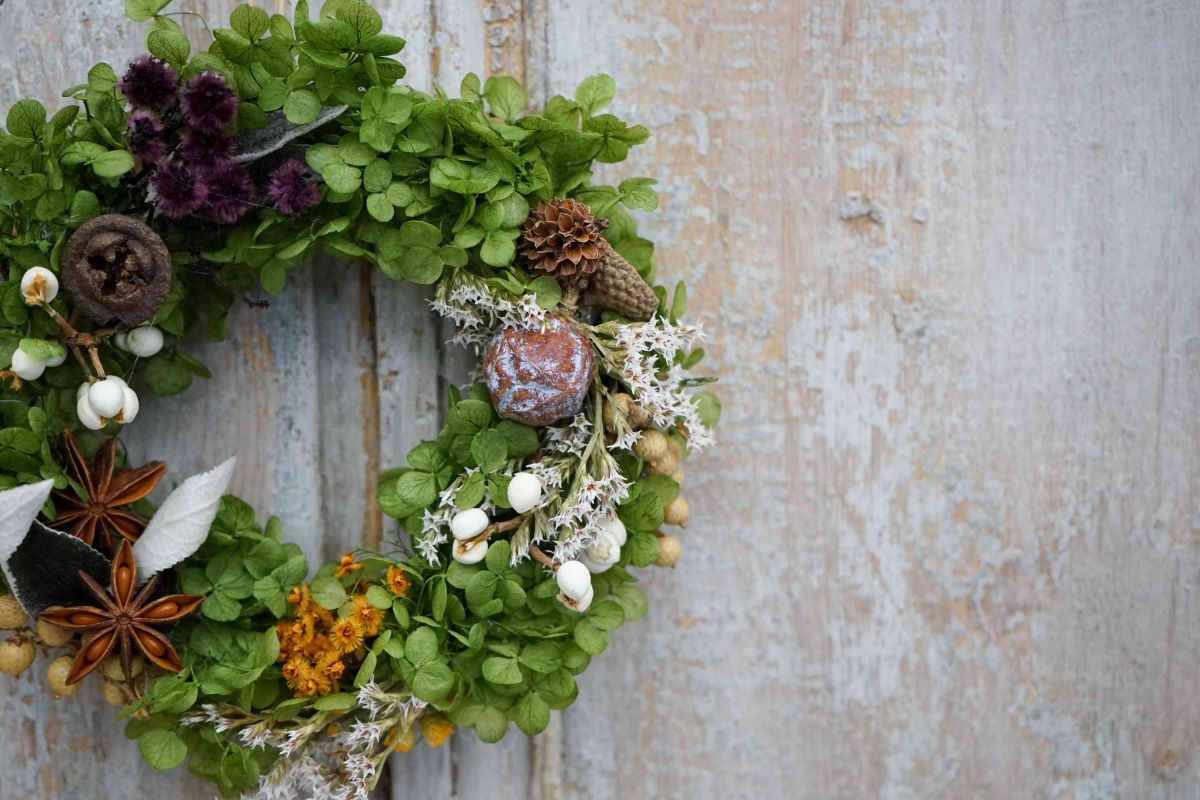


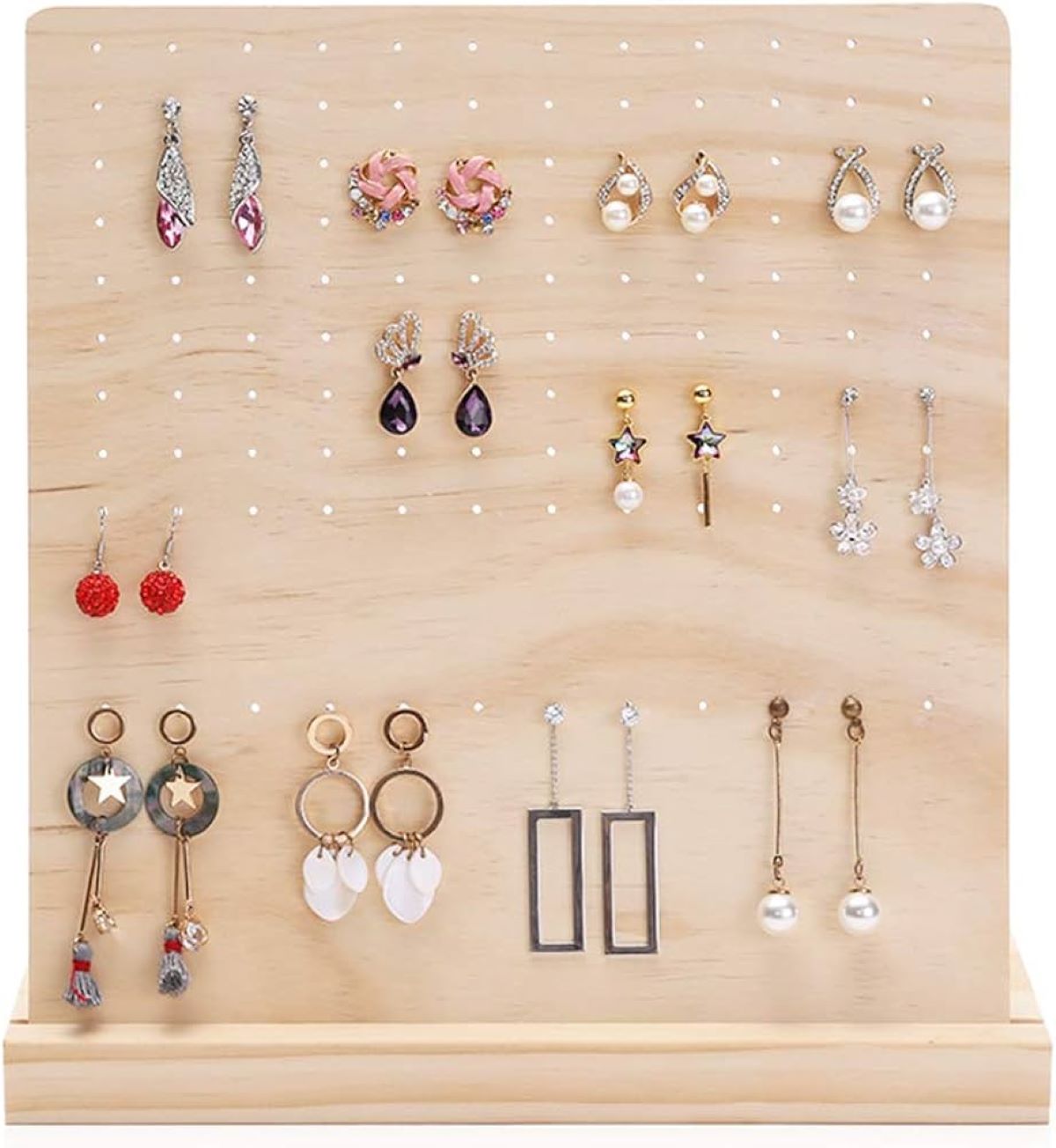

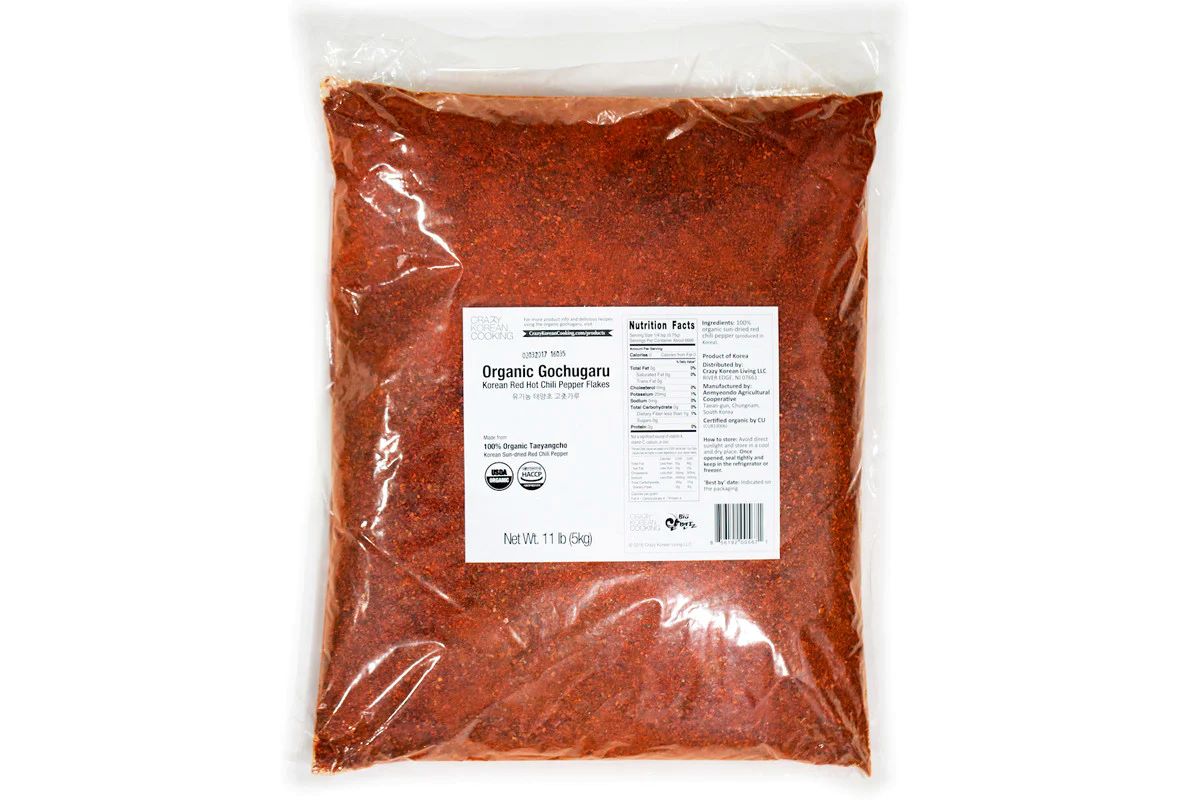

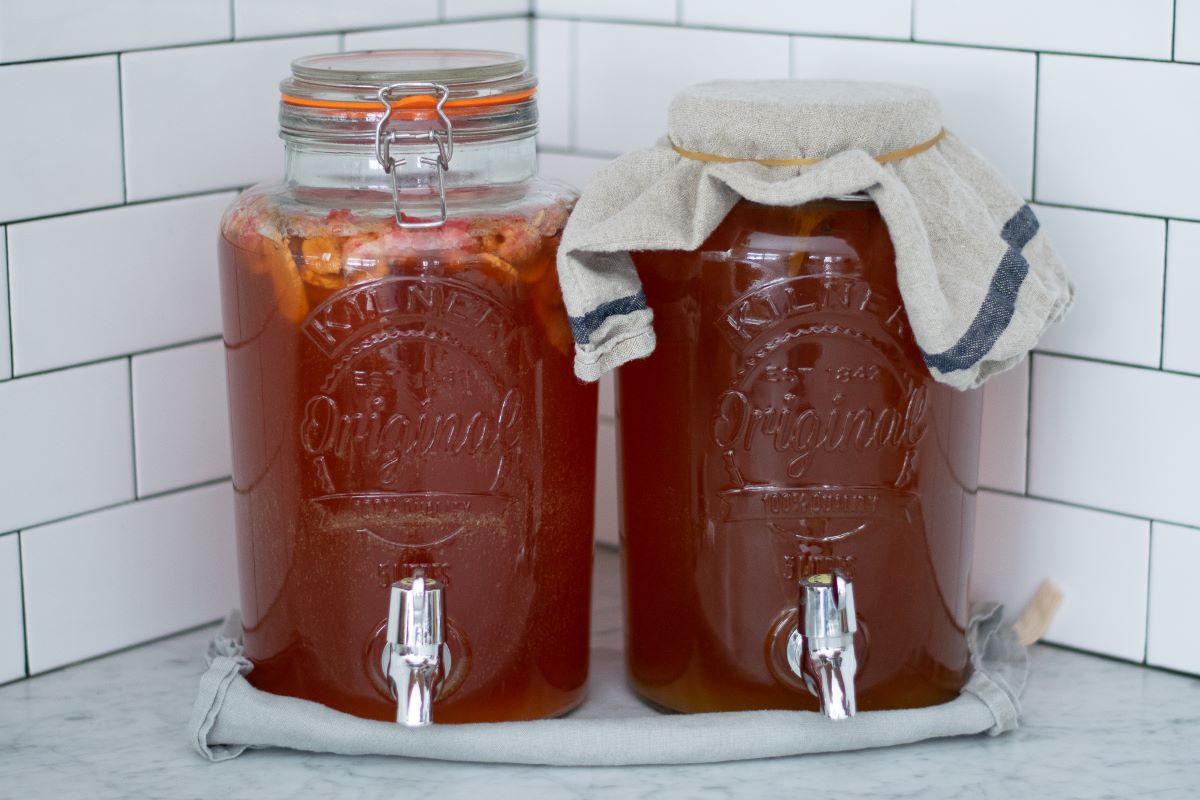

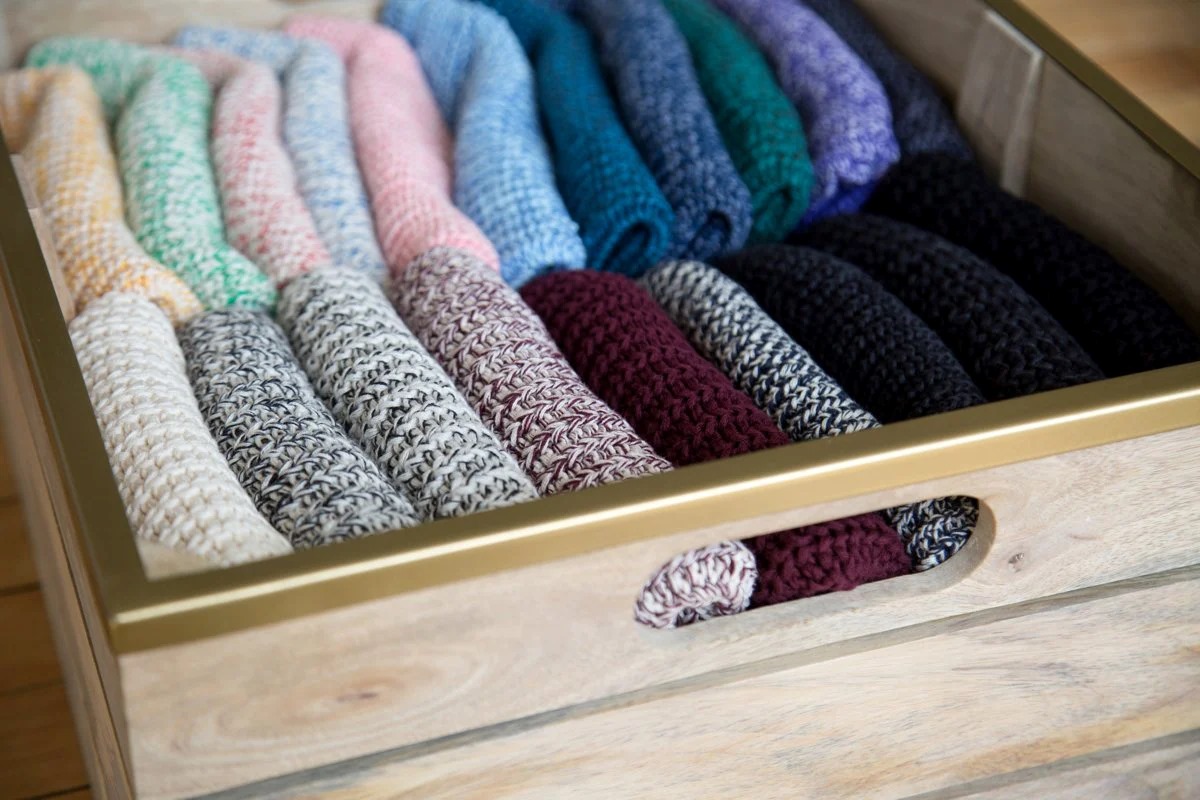

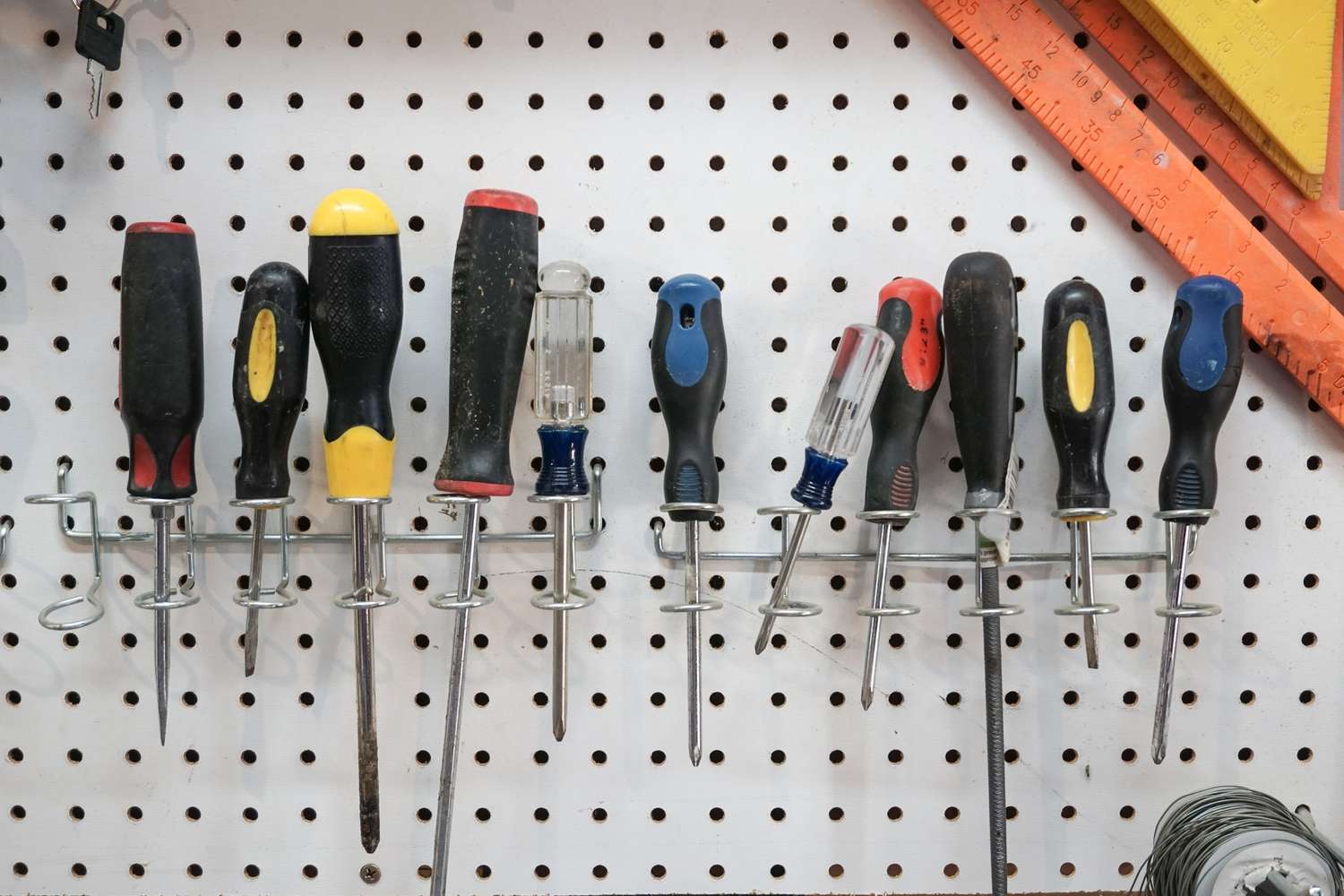

0 thoughts on “How To Store Snowshoes”